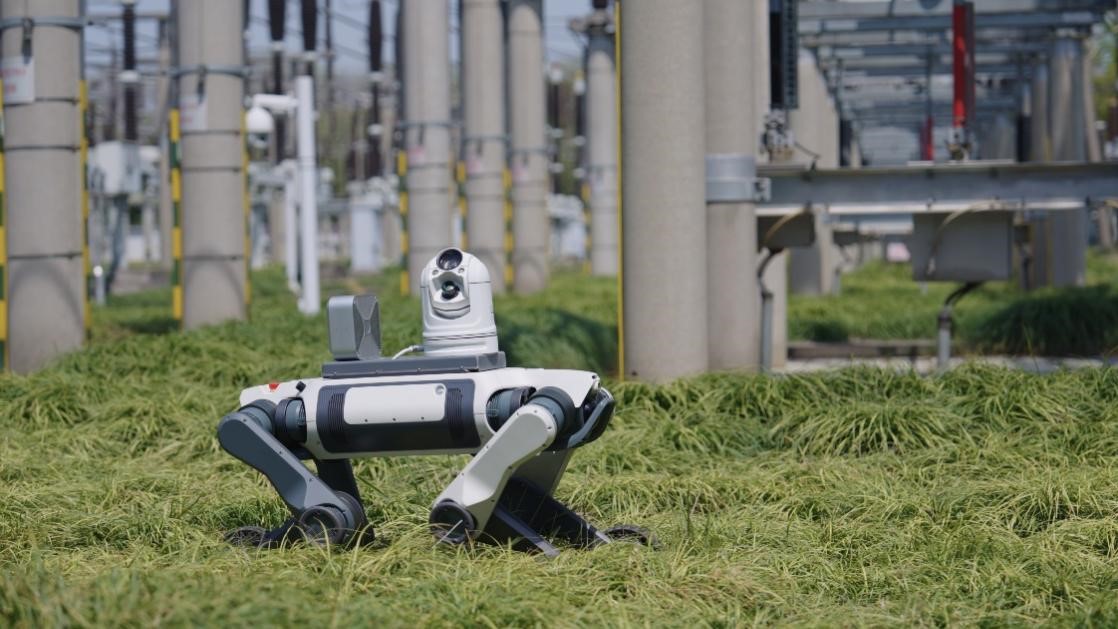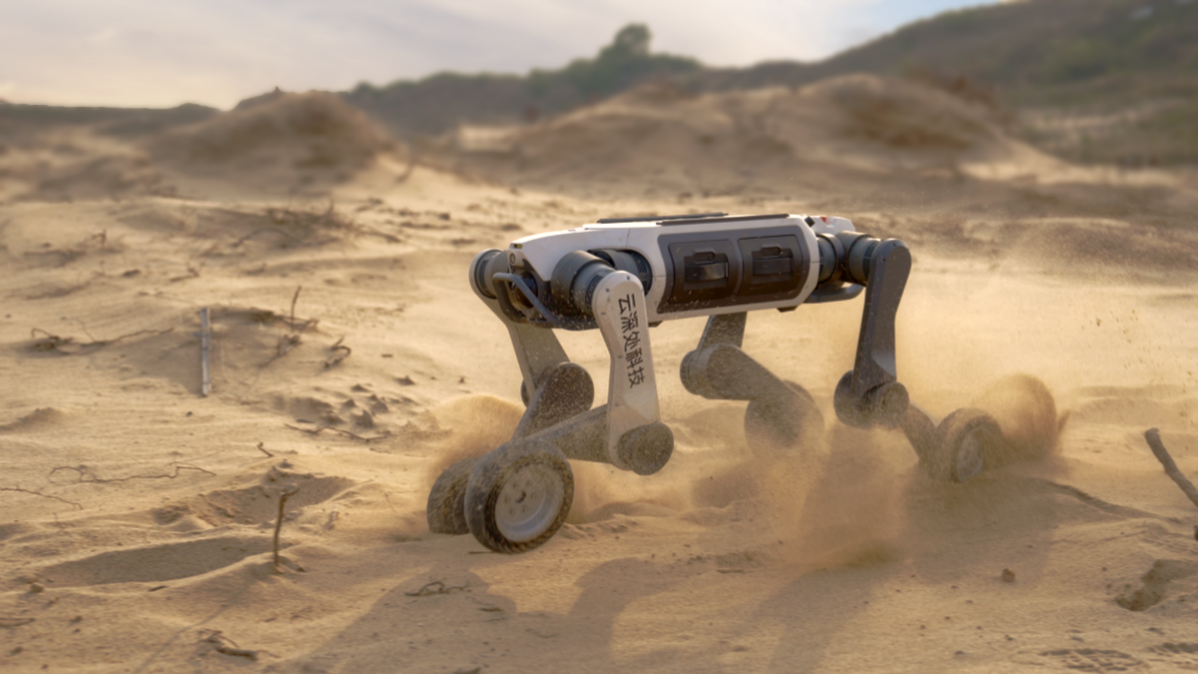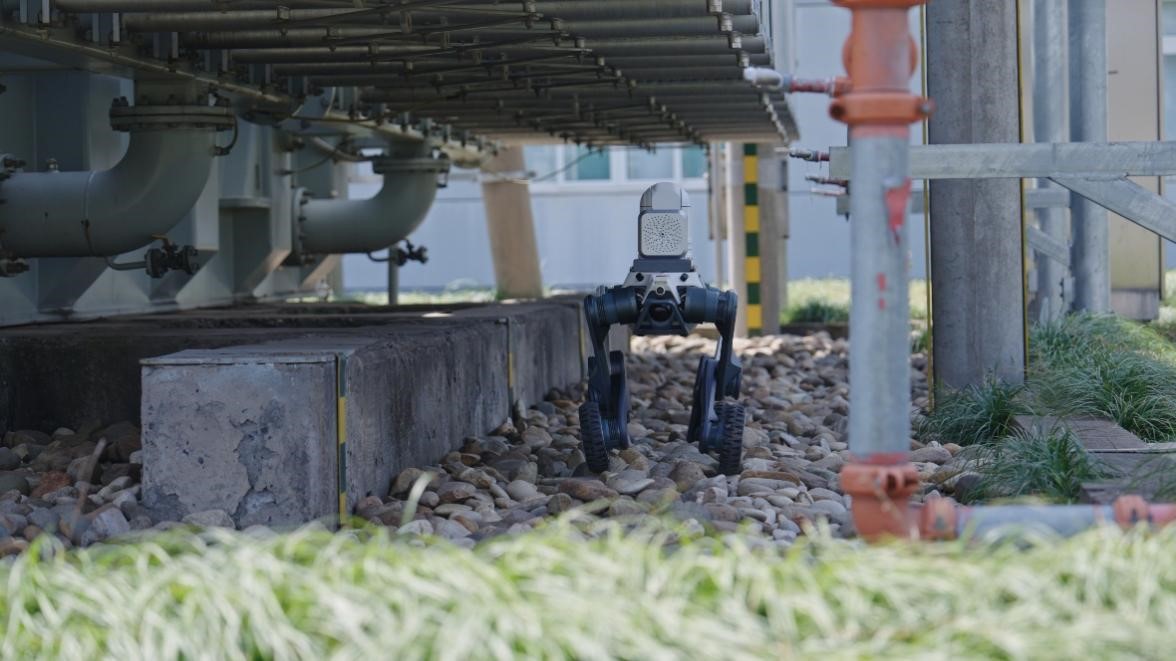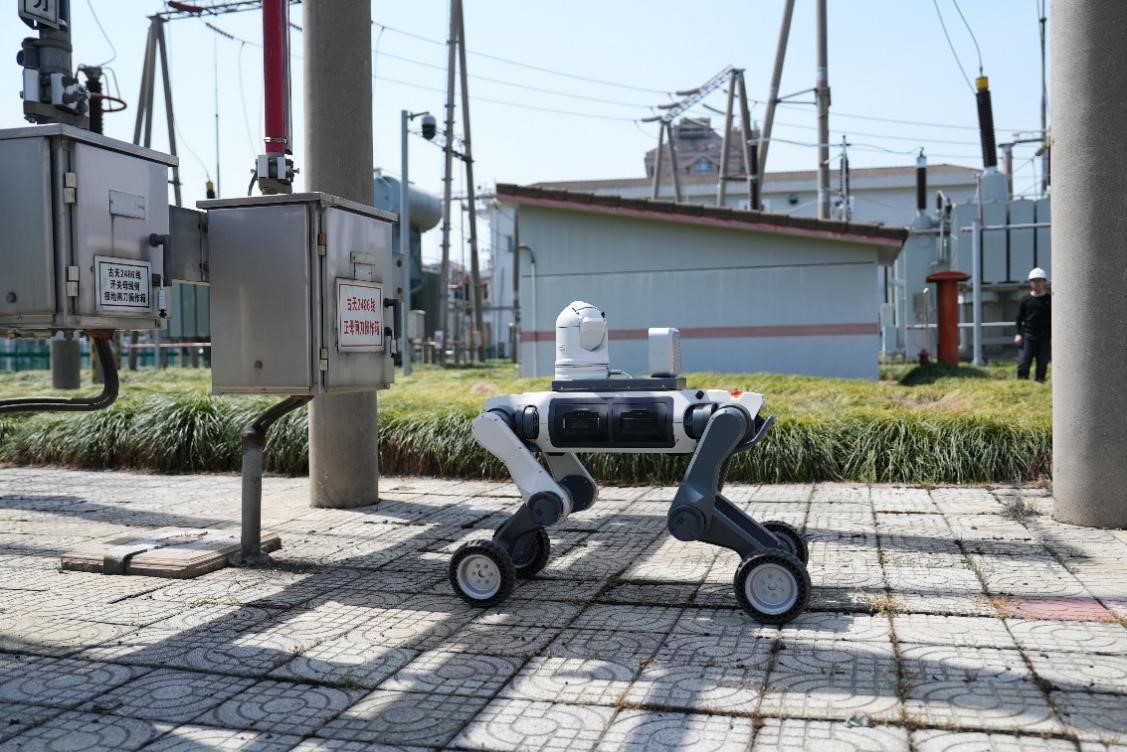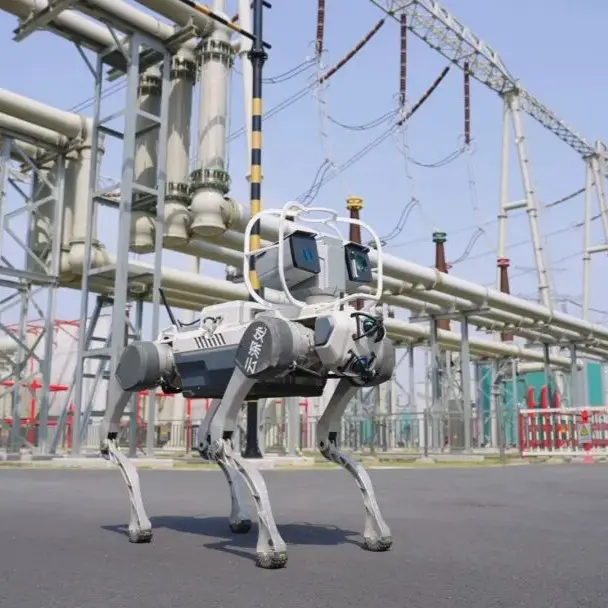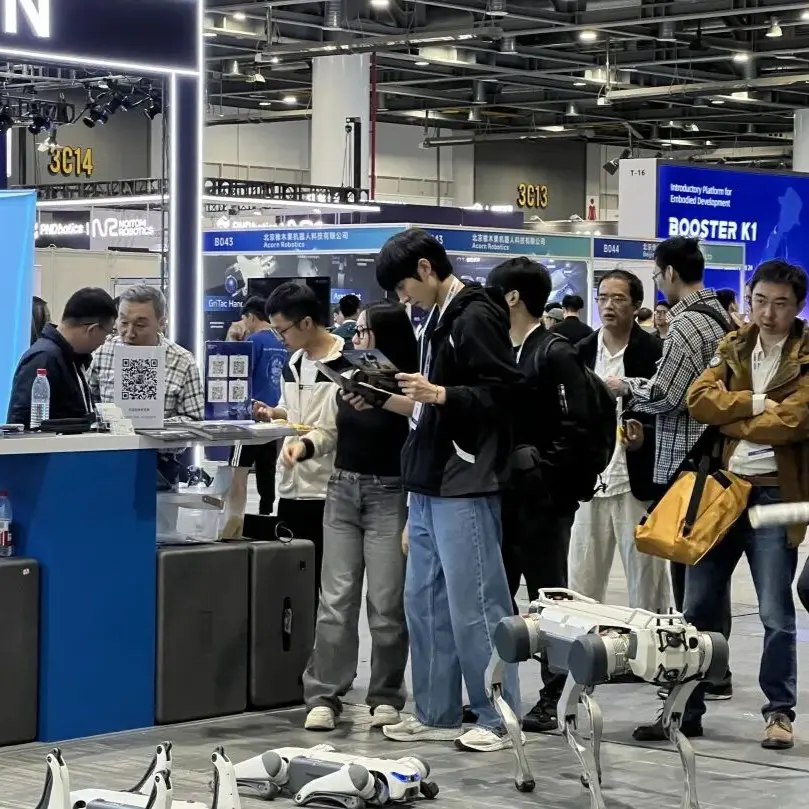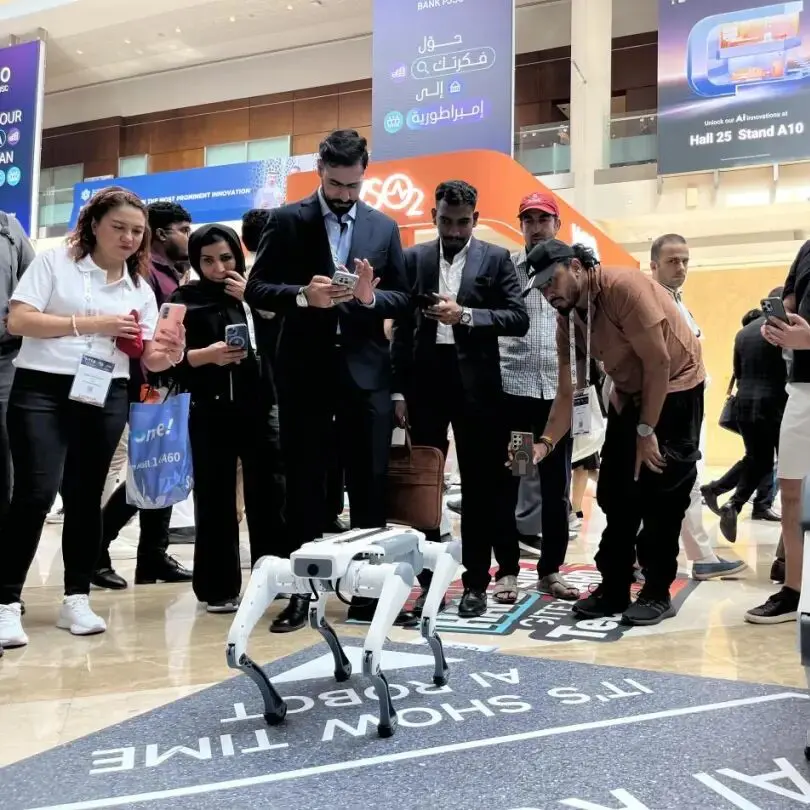Ultra-high voltage (UHV) substations—also known as converter stations—are the backbone of long-distance power transmission. But their complicated layouts and extreme safety demands have long made inspections difficult. Manual operations face the “three highs”: high safety risks, highly complex environments, and low efficiency in precision detection. DEEP Robotics’ wheel-legged technology is now redefining how these challenges are addressed, bringing a new stage of digital transformation to power infrastructure management.
LYNX M20: Merging Wheels and Legs for Next-Gen Inspections
The LYNX M20 is the world’s first industry-grade wheel-legged robot created specifically for hazardous and uneven terrains. By blending the agility of legged robots with the speed of wheeled platforms, it delivers superior mobility compared with conventional quadrupeds. Equipped with DEEP Robotics’ proprietary motion control system, the M20 ensures durability, stability, and adaptability—making it a game changer for UHV substation inspections.
Safety First: Replacing Human Presence in Risk Zones
When failures occur—such as transformer oil analysis anomalies, SF6 gas leaks, pressure changes in outdoor switches, or electrical discharges—human inspectors must often enter dangerous zones with protective gear. This approach is slow and hazardous. The M20, rated IP66 with an operating range of -20°C to 55°C, can enter live fault areas directly. With dual-spectrum PTZ cameras and professional-grade sensors, it can:
- Monitor switch positions
- Detect partial discharges
- Check insulator contamination
- Read meters and gauges
- Operate valves
This minimizes human exposure to high-risk conditions while enhancing inspection precision.
Extreme Weather and 24/7 Operation
From heavy rain to sandstorms or nighttime inspections, LYNX M20 maintains full functionality. Its integrated LiDAR and bidirectional fill lights enable accurate readings in low visibility. The system also supports autonomous charging and hot-swappable batteries, allowing continuous operation even under harsh weather conditions.
Navigating Substation “Mazes” with Wheel-Leg Design
UHV substations are dense with cable trenches, pipelines, and structural grids. These maze-like layouts often block traditional inspection vehicles. LYNX M20 overcomes this with its flexible dual-mode postures (“front-elbow-rear-knee” and “full-elbow”), enabling it to cross 50cm trenches and climb onto platforms. With 360°×90° LiDAR-based obstacle avoidance, the robot navigates blind spots unreachable by wheeled or legged machines alone. Beyond inspections, it also performs perimeter patrols and small-animal deterrence.
Multi-Robot Collaboration for Efficiency
In sprawling substations covering 500+ acres, multiple LYNX M20 units can work in sync. One may conduct gas-leak checks in GIS rooms while another simultaneously monitors transformer oil temperature. Future formations could integrate robot dogs, drones, and fixed sensors, creating an all-dimensional inspection system.
AI-Powered Defect Recognition and Digital Twin Integration
The M20 supports a 15kg payload, allowing advanced inspection tools like ultrasonic detectors and infrared cameras. Its stabilization system ensures detection accuracy above 95%. Collected data is processed into auto-generated inspection reports and predictive analysis, available instantly to control room staff.
Through AI defect learning, the robot compares real-time readings with historical records, enabling accurate risk prediction. In DEEP Robotics’ previous Gobi Desert deployment, its X30 robotic dog achieved a 96.5% accuracy rate in equipment anomaly detection—proving the effectiveness of its AI-driven solutions.
A New Benchmark for Power Sector Robotics
With unmatched mobility, intelligent perception, and robust design, the LYNX M20 redefines inspection robotics for high-voltage substations. It not only solves the “three highs” problem but also sets a new direction for the industry. In its 2025 roadmap, State Grid highlighted intelligent robotic platforms as a priority for next-generation operation and maintenance. The M20 is positioned to become a cornerstone of that transformation, driving efficiency, safety, and sustainable growth in the power sector.

